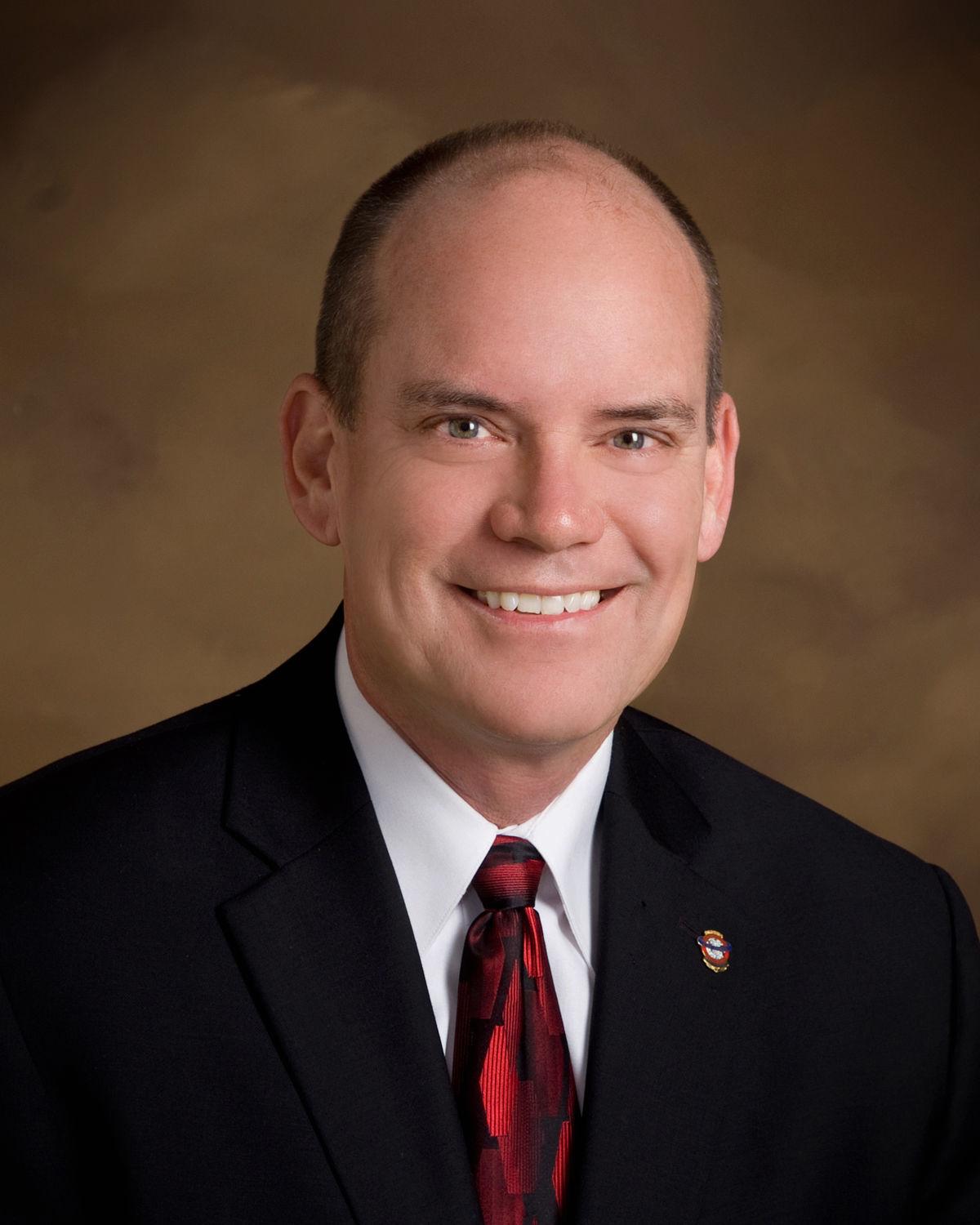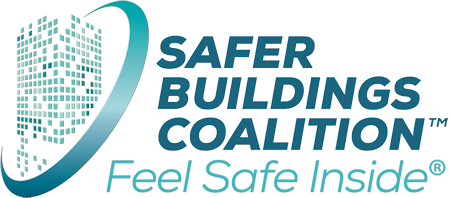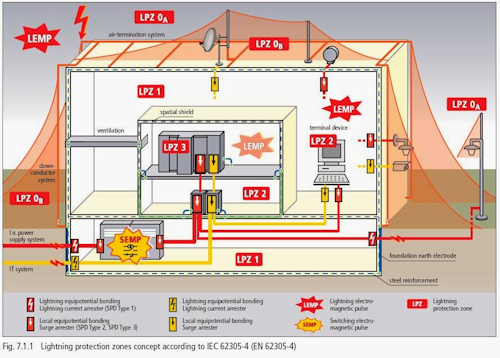From the Chief’s Corner: Lightning Protection of the ERCES
Posted on July 15, 2020
In order to talk about lightning protection of an Emergency Responder Communications Enhancement System (ERCES), one must at least mention the individual who established the first volunteer fire department in Philadelphia in 1736, studied electricity, invented bifocals, and helped draft the Declaration of Independence. His name was Benjamin Franklin.
Many of us were taught as kids that Benjamin Franklin discovered electricity while flying a kite with a key tied to it during a thunderstorm. I’m sure a lot of you have seen images depicting that eventful day. Franklin did have a sincere interest in lightning and felt that electricity was fluid. He hypothesized that lightning and electricity were connected and that metal objects could be utilized to attract lightning in order to keep objects from being hit.
Franklin actually developed a new plan about using a kite in the air in 1752. But what’s interesting is that Franklin was not the first to conduct the actual experiment. Franklin shared his idea with a gentleman named Peter Collinson, who shared it with another man, Thomas-Francois Dalibard, who actually conducted an experiment in May of 1752 and determined that Franklin was correct. History tells us that Franklin conducted his kite and key test in June of 1752. Some historians question if Franklin ever really performed the actual experiment. In actuality, if you were holding an object that was literally struck by lightning, the power of the lightning would probably kill you immediately.
Just like what our teachers taught us in elementary school about the kite, the key and Benjamin Franklin, when it comes to what’s currently in the NFPA 1221 regarding Lighting Protection and an ERCES, the information is incorrect. Now, that sounds like a really strong statement so let’s unpack it.
First, take a look at what NFPA 1221 says: Section 9.6.3 Lightning Protection.
Systems shall have lightning protection that complies with NFPA 780. Pretty simple requirement: Just go to NFPA 780, right?
Well the first rule of enforcing any code or standard is to take a look at the document’s scope. The word “Scope” is defined as: the extent of the area or subject matter that something deals with or to which it is relevant. So what does the scope of NFPA 780 actually say?
1.1 Scope.
1.1.2 This document shall address lightning protection of the structure but not the equipment or installation requirements for electric generating, transmission and distribution systems except as given in Chapter 9 and Chapter 12. Note: Chapter 9 details requirements for Wind Turbines and Chapter 12 details requirements for Solar Arrays.
What’s important within the scope of NFPA 780 Section 1.1.2 are the words “but not the equipment.” NFPA 780 is a building lightning protection standard for those buildings identified within the scope. It is specifically adopted for that purpose, not for the equipment of an In-Building ERCES.
So let’s put our common sense code enforcement hat on again and think about this scenario. An integrator informed me that a Code Official advised him that, since NFPA 1221 references NFPA 780, a building that did not require a complete NFPA 780 compliant lightning protection system must now install one simply because the building required an ERCES. Let that sink in and think about the ramifications of such a requirement.
First, the intent of the standard is to protect the ERCES equipment in the event of a lightning strike. That can certainly be accomplished without requiring the entire building to have an NFPA 780 compliant system. Secondly, the reference to NFPA 780 is incorrect. If one is so concerned about the literal verbiage within the standard, the code official can authorize the use of the alternate materials and methods section of the code.
This section simply allows for an equal to or better-than solution. I’m reminded of a quote I saw at an ICC conference several years ago, “Code officials at the local level have the legal authority to accept or reject the application of any new building product or system innovation. They can make a true difference or be the ultimate showstopper.”
So what do we do as an Authority Having Jurisdiction, an integrator or a building owner when an incorrect reference is identified within a code or standard? We work to identify the correct language that is necessary to provide the intended protection and introduce that language into the code development process. Additionally, there is a process within the NFPA to effect change to a currently published standard called a Tentative Interim Amendment or TIA. The Safer Buildings Coalition is interested in developing the correct language for lightning protection of an ERCES.
Here is one suggested draft language concept:
“Where a donor antenna system is used, the donor antenna coaxial cable(s) shall be protected by antenna discharge units in accordance with Article 810.6 of the NEC. The antenna discharge units shall be listed to UL497E.
The antenna, antenna mast and antenna discharge unit(s) shall be grounded in accordance with Article 810.21 of the NEC. Grounding of antenna discharge unit(s) shall be as close as practical to the point of entrance point to the building.”
We are interested in hearing your thoughts on this very important issue. So, if you have recommended language and/or best practices for consideration along with detailed technical substantiation please submit those to the SBC Codes and Standards work group.
The NFPA 1225 Technical Committee is currently working on language for the 2022 edition of the standard related to ERCES. It is critically important that the standard contain what is needed to accomplish the proper protection. As Mr. Vaughan said: We don’t want what we learned the day before to be wrong… For more information about Lightning Protection visit the Lightning Protection Institute at https://lightning.org/lightning-protection-overview/
|

 While reading about Franklin, I’m reminded of a quote from syndicated columnist William E. ‘Bill” Vaughan from the Kansas City Star. Mr. Vaughan said “We learn something every day, and lots of times it’s that what we learned the day before was wrong.”
While reading about Franklin, I’m reminded of a quote from syndicated columnist William E. ‘Bill” Vaughan from the Kansas City Star. Mr. Vaughan said “We learn something every day, and lots of times it’s that what we learned the day before was wrong.”